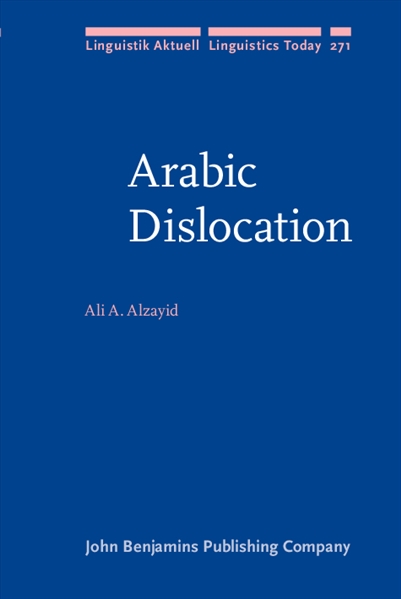
Since the early years of generative grammar (Chomsky 1977, inter alia), the phenomenology of dislocation has proved to be a fertile area of research. This, however, has not been the case for Modern ...
Since the early years of generative grammar (Chomsky 1977, inter alia), the phenomenology of dislocation has proved to be a fertile area of research. This, however, has not been the case for Modern Standard Arabic (MSA), and hence this thorough monograph intends to fill this lacuna. Three aspects of this linguistic phenomenon stand out: the taxonomy of possible dislocated configurations, syntax, and interpretation. Though, the structure has been extensively studied in various languages, including varieties of spoken Arabic, this monograph shows that MSA presents properties that set it apart from known varieties and cannot be captured by an extension or modification of existing analyses. Moreover, existing analyses are not fully satisfactory as their open analytical questions regarding the interpretation and syntactic analysis of dislocation structures cross linguistically. Particularly, the optimal path to follow concerning dislocation structures in MSA is to argue for the claim that contrast, quo an information-structural notion, underlies the interpretation of dislocated elements, and these elements are best syntactically analysed as being involved in a bicentennial configuration, contra monocausal approaches to dislocation. This monograph should be of interest to anyone with an interest in the Arabic language, and to syntacticians and typologists with an interest in sentence structure.
Read Full Description >>
|
ISBN: 9789027210661 |
£83.00 |
